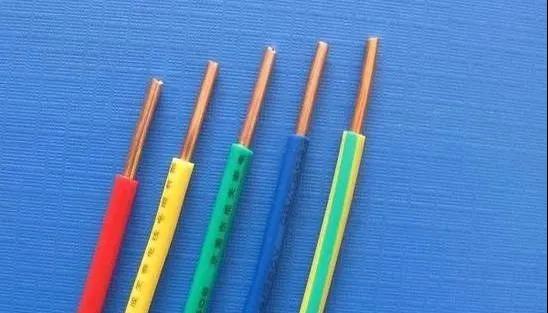Coaxial cables can be divided into two basic types, baseband coaxial cables and broadband coaxial cables.
Baseband coaxial cable
The shielding layer of the baseband coaxial cable is usually a mesh structure made of copper, and its characteristic impedance is 50Ω. This cable is used to transmit digital signals, and the commonly used models are generally RG-8 (thick cable) and RG-58 (thin cable). The most intuitive difference between a thick cable and a thin cable is the cable diameter. Thick cable is suitable for relatively large local networks. It has a long standard distance and high reliability; however, the thick cable network must be equipped with transceivers and transceiver cables, which is difficult to install, and therefore the overall cost is high. On the contrary, the thin cable is relatively simple and the cost is lower; but because the cable has to be cut during the installation process, it is easy to cause the hidden danger of poor contact when there are many connectors.

Whether it is a network connected by a thick cable or a thin cable, the point of failure often affects all machines on the entire cable, and it is troublesome to diagnose and repair the fault. Therefore, baseband coaxial cables have been gradually replaced by unshielded twisted pairs or optical cables.
Broadband coaxial cable
The shielding layer of broadband coaxial cable is usually stamped from aluminum, and its characteristic impedance is 75Ω. This kind of cable is usually used to transmit analog signals. The commonly used model is RG-59. It is a standard transmission cable used in cable television networks. It can transmit multiple channels of TV signals in one cable at the same time. Broadband coaxial cable can also be used as the transmission medium of some computer networks.
